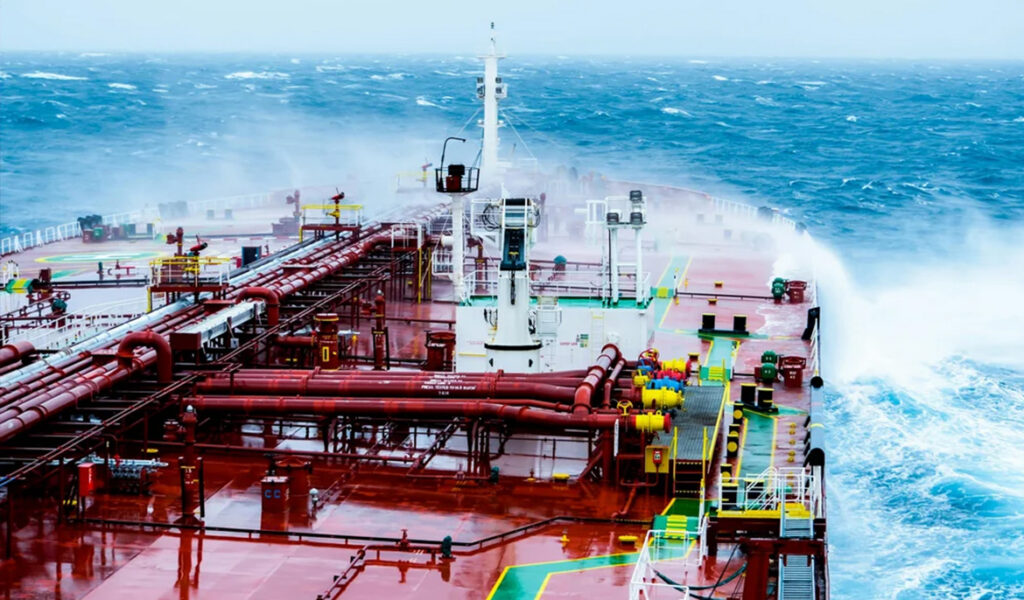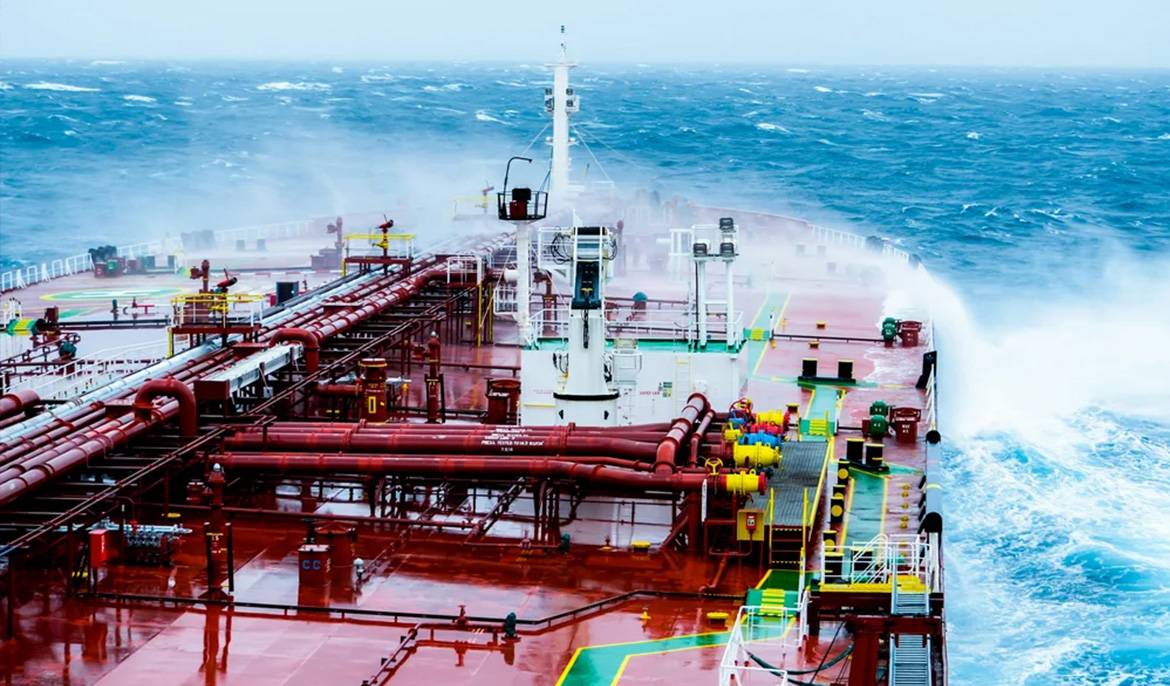Cyprus witnessed a marginal rise in its ship management revenues in the latter half of 2023, which climbed to €638 million, up from €623 million in the preceding half-year.
However, this represents a slight dip from the €648m recorded in the latter half of 2022, according to data released by the Central Bank of Cyprus.
These earnings accounted for 4.1 per cent of Cyprus’ GDP over six months, mirroring a period of heightened GDP growth across the nation.
Despite the many challenges facing the global shipping sector, including the escalating costs of transport, the ship management industry remains a robust pillar of the Cypriot economy.
Germany’s contribution remained solid, consistently accounting for 40 per cent of the sector’s revenues, underscoring its role as Cyprus’ foremost trading ally in this domain.
Contributions from other nations held steady with Greece contributing 17 per cent, Switzerland 10 per cent, and Malta 5 per cent, maintaining their figures from the first half of the year. In contrast, revenue streams from the US and Norway saw a downturn.
In an interesting revelation about the industry’s revenue distribution, 31 per cent of firms each generated revenues between €2m and €30m, while 27 per cent exceeded the €30m threshold.
The industry’s revenue concentration is particularly stark, with 27 per cent of the hierarchically largest companies amassing 94 per cent of total revenues, highlighting a significant market concentration.
The revenue structure has remained largely unchanged since the first half of 2022. It should also one noted that there was a shift in the types of services provided: crew management services now represent 51.1 per cent of total ship management revenue, while full management services have decreased from 48.6 per cent in the first half of 2023 to 46 per cent.
Conversely, ship management expenses witnessed a reduction, settling at €546m in the second half of 2023, compared to the rise in expenses observed in the latter half of 2022. The industry continues to
display a relatively stable cost structure. Most of these costs pertained to crew expenses, predominantly covering wages for seafarers from non-EU countries, which accounted for 65 per cent of the total.
Meanwhile, administrative costs climbed to 7 per cent, and ship management costs — inclusive of expenditures for spare parts, lubricants, and refuelling — escalated to 28 per cent of the total. (cyprus-mail)



